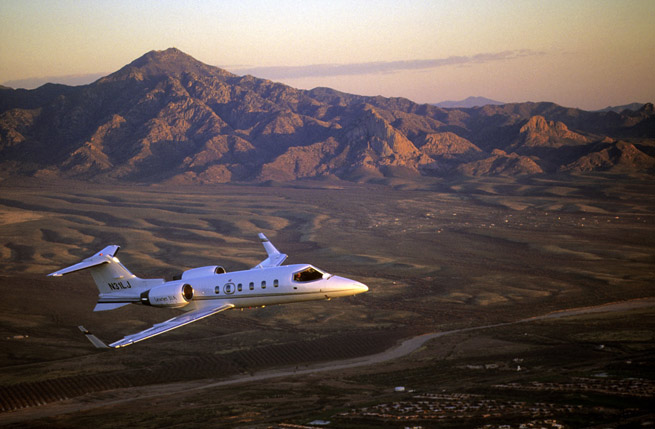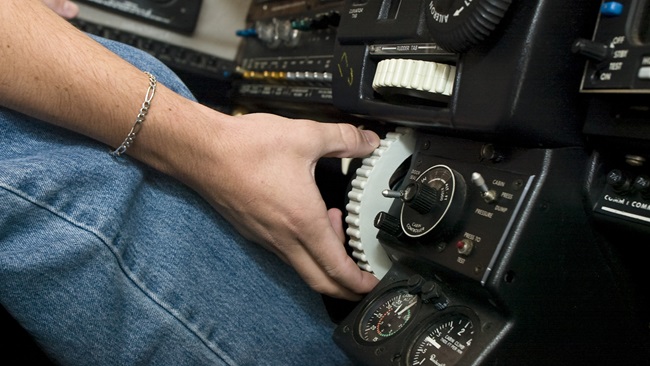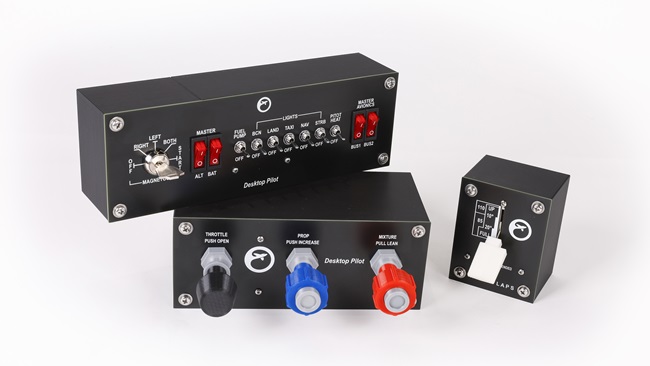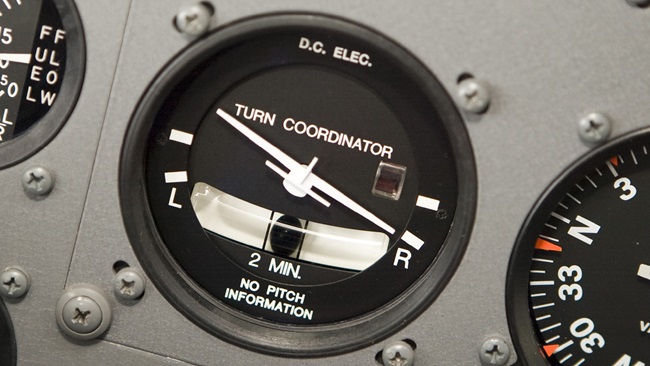
What do you get when you combine the fuselage and engines of the Learjet 35/36 with the “Longhorn” wing of the Learjet 28/29 and 55? The Learjet 31, one of the fastest, high-flying light jets ever.
Powered by two aft-mounted, 3,500-pounds-thrust Honeywell TFE731-2 turbofans, the Learjet 31 is able to soar as high as 51,000 feet and quickly climb directly to 40,000 feet at maximum gross weight. The airplane also offers good runway performance and low fuel burns.
Passenger seating is for eight—usually a three-seat divan and four individual chairs, plus a side-facing potty seat across from the entry door. Up front, the original Learjet 31 featured Collins avionics, the Bendix King RDS-81 radar, and J.E.T. FC-530 flight control system.
One key improvement over the Learjet 35 was installation of delta fins on the Learjet 31’s lower rear fuselage, which improved stall characteristics and eliminated the need for a stick puller/pusher system, although the Model 31 does have a stick shaker. The Learjet 31 first flew in May 1987 and was FAA certified in August 1988. The original Learjet 31 had a maximum takeoff weight of 15,500 pounds, which was later increased to 16,500 or 17,700 pounds via supplemental type certificates. An ER (extended range) version featured more fuel capacity, which enabled the aircraft to fly about 175 nautical miles farther.
But a small cabin with little baggage space and no galley, and relatively short range because the Learjet 35/36’s tip tanks were eliminated in favor of the winglet-equipped Longhorn airfoil, led to only 38 Learjet 31s being built. However, after Bombardier acquired Learjet in 1990, the improved Model 31A was introduced. The new aircraft featured Honeywell avionics, including a five-tube Bendix EFS-50, a Bendix/King KFC-3100 autopilot, and Bendix Series III radios, plus a Universal UNS-1M flight management system. Other features included electric windshield deicing, digital nosewheel steering, and a new rudder boost system. The Learjet 31A received FAA certification in July 1991 and entered service two months later.
A new interior with increased headroom was introduced in 1995, and in 2000 the Learjet 31A’s takeoff and landing weights were increased and a full-authority digital engine control was added, along with two-zone climate controls. Thrust reversers became standard equipment.
Numerous aftermarket enhancements have been developed for the Learjet 31/31A. Two of the most popular are Raisbeck’s aft fuselage locker and its ZR Lite package. The locker can store up to 300 pounds of luggage and improves aft fuselage aerodynamics. The ZR Lite system, whose primary element is new trailing-edge flaps, increases the fuel efficiency and performance of the aircraft. Another notable improvement is Honeywell’s TFE731-2 to -2C engine upgrade.
Besides the more than 200 Learjet 31s in service with private operators, Singapore Airlines purchased six Learjet 31s for use in flight training.
According to Vref, 242 Learjet 31/31A aircraft were produced from 1988 to 2002. Prices range from $600,000 for 1988 Model 31 to $1.75 million for a 2002 Model 31A.
SPEC SHEET
Learjet 31A
Engines | Two Honeywell TFE731-2-3B turbofans, 3,500 lbs thrust each
Seats | up to 11 (including two crew)
Max takeoff weight | 17,000-17,700 lbs
Cruise speed | 458 kts
Takeoff distance | 3,280 ft
Range (with IFR reserves) | 1,290 nm
Wingspan | 43 ft, 10 in
Length | 48 ft, 9 in
Height | 12 ft, 4 in


